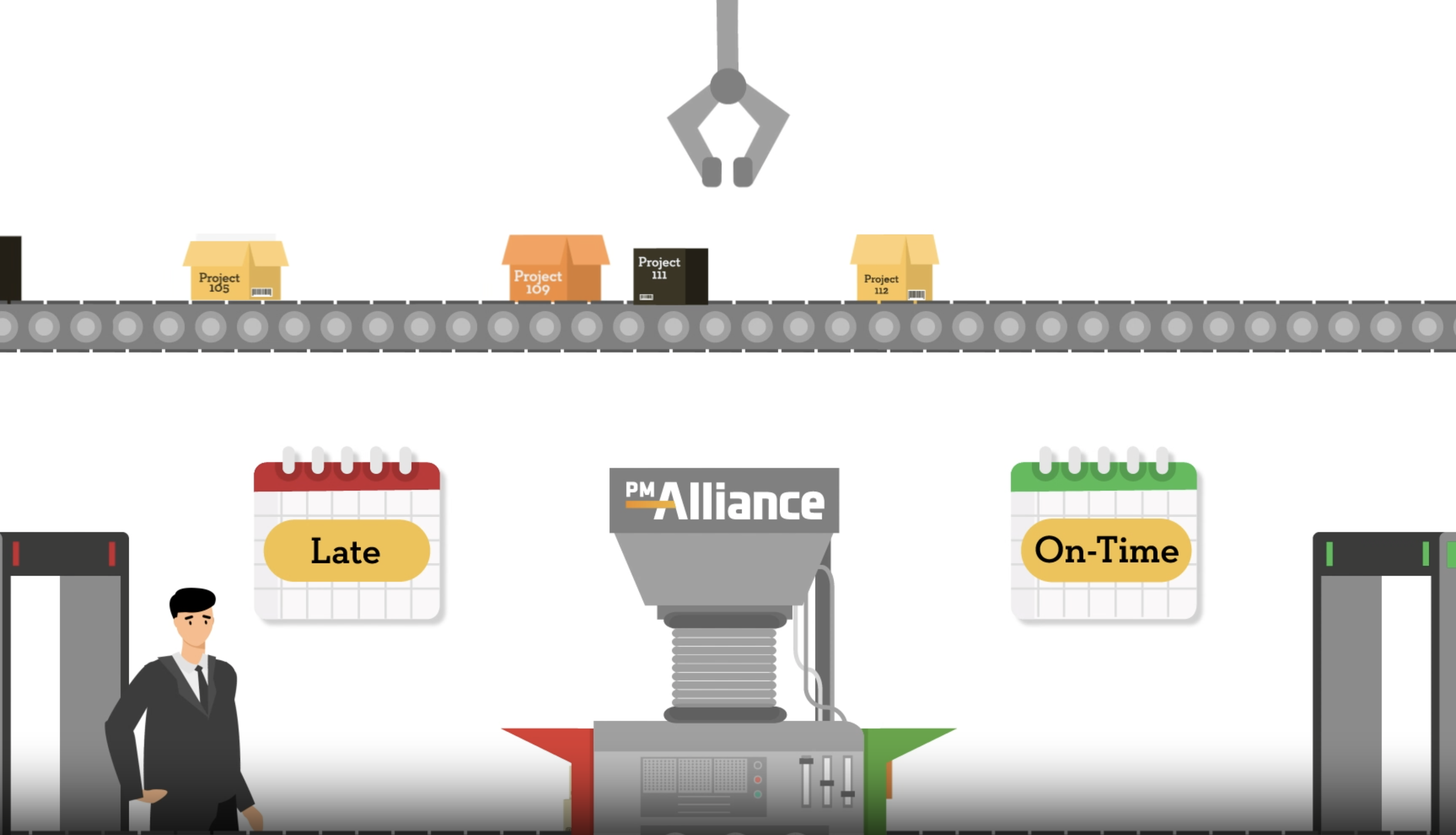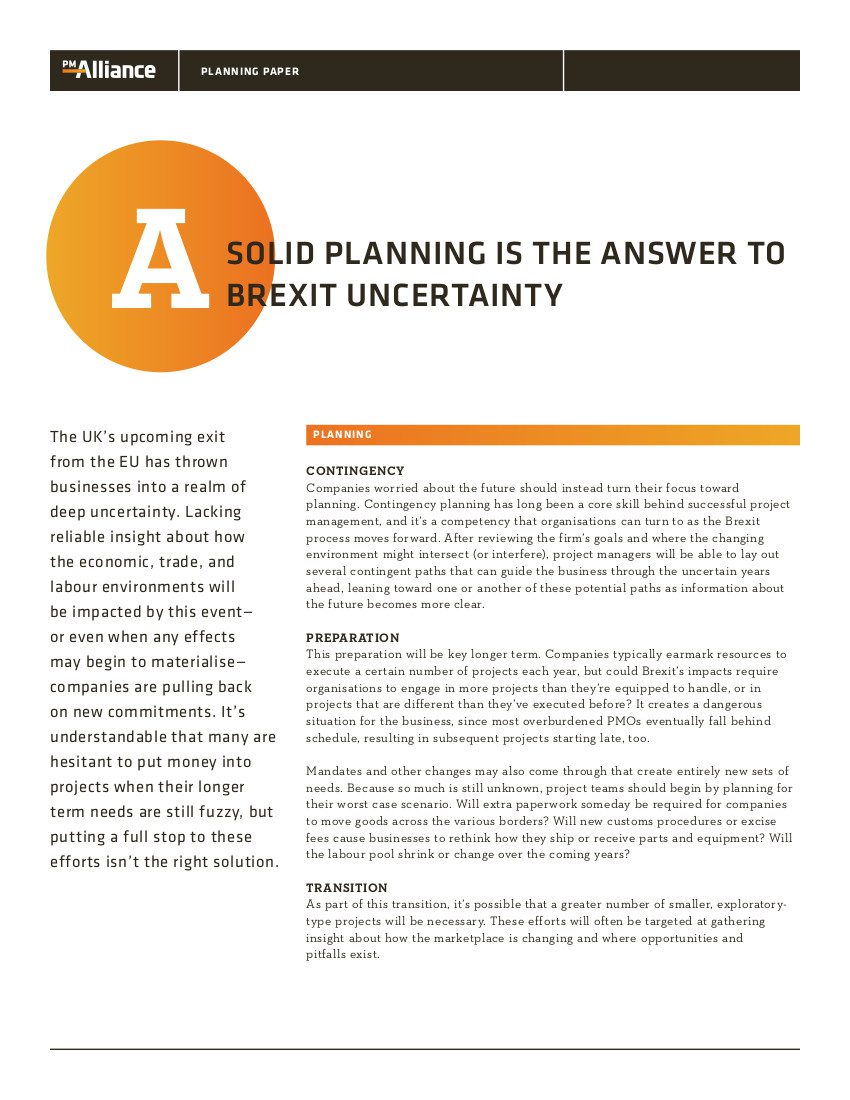
Managing The Impacts of Testing and QC on Manufacturing Projects| PMAlliance Project Management Blog
Testing and QC programs are a useful and necessary part of the manufacturing sector, but PMs need to be ready to address the significant impacts these activities can have on projects that are already in progress. Once the results of a testing or QC program are released, the effects on the project can range from delays in downstream activities to changes in the project’s scope. Successfully executing tasks in spite of these impacts—sticking to the target completion date and approved budget—can be tricky. But while juggling mid-project changes is often challenging, there are strategies organizations can use to ensure that testing and QC efforts don’t put the project’s success in jeopardy.
Conduct a thorough analysis of the variables during the initial planning phase. Activities such as testing and QC introduce a lot of unknowns into the mix, and the team can benefit tremendously from the input of a broader group of experts than might normally be involved in planning the project and defining its scope and timeframe.









